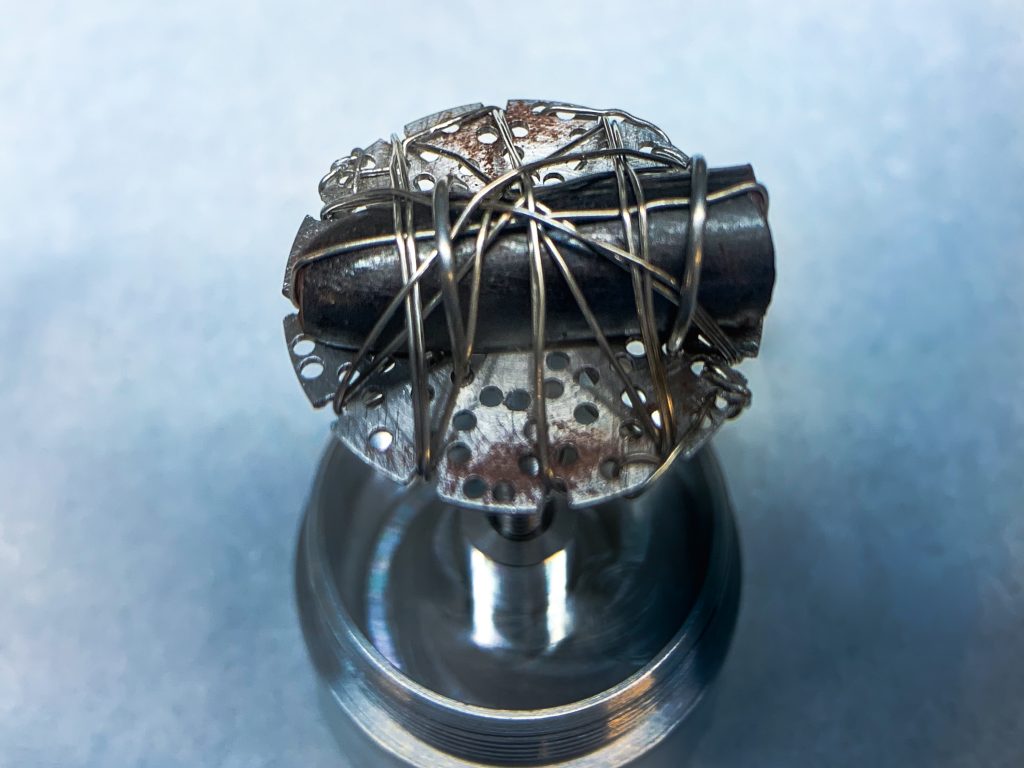May 19, 2021
Advanced materials with more novel properties are almost always developed by adding more elements to the list of ingredients. But quantum research suggests some simpler materials might already have advanced properties that scientists just couldn’t see, until now.
Researchers from Georgia Tech and the University of Tennessee–Knoxville uncovered hidden and unexpected quantum behavior in a rather simple iron-iodide material (FeI2) that was discovered almost a century ago. The new research insights into the material’s behavior were enabled using a combination of neutron scattering experiments and theoretical physics calculations at the Department of Energy’s (DOE’s) Oak Ridge National Laboratory (ORNL).
The team’s findings—published in the journal Nature Physics—solves a 40-year-old puzzle about the material’s mysterious behavior and could be used as a map to unlock a treasure trove of quantum phenomena in other materials.
“Our discovery was driven in large part by curiosity,” said Xiaojian Bai, the paper’s first author. Bai earned his PhD at Georgia Tech and works as a postdoctoral researcher at ORNL, where he uses neutrons to study magnetic materials. “I came across this iron-iodide material in 2019 as part of my PhD thesis project. I was trying to find compounds with a magnetic triangular lattice arrangement that exhibits what’s called ‘frustrated magnetism.’”

In common magnets, like refrigerator magnets, the material’s electrons are arranged in a line like arrows that either all point in the same direction—up or down—or they alternate between up and down. The directions the electrons point are called ‘spins.’ But in more complex materials like iron-iodide, the electrons are arranged in a triangular grid, wherein the magnetic forces between the three magnetic moments are conflicted and are unsure of which direction to point—hence, ‘frustrated magnetism.’
Read more at neutrons.ornl.gov.
Related Publication: Bai, X. et. al. (2021). Hybridized Quadropolar Excitations in the Spin-anisotropic Frustrated Magnet FeI2. Nature Physics, 17, 467-472. doi.org/10.1038/s41567-020-01110-1
